Tougher EPC Targets And Your Commercial Buildings
It is essential to have an up to date Energy Performance Certificate before your property is put on the market for buyers or for tenants.
In April this year, Minimum Energy Efficiency Standards, which first came into force in 2018, were extended.
Now non-domestic landlords are required to obtain an EPC of at least an E rating whether their tenants are new or existing ones. This also applies to owners when the building is sold.
New buildings also require an EPC as do properties where there have been major renovations or certain changes of use.
The law is enforced by the local weights and measures authorities who can issue a compliance notice. If the landlord or owner still refuses to act, fines of between £5,000 and £150,000 based on the rateable value of the building can be imposed.
But the Government has confirmed that it aims to go still further with a target of a minimum B rating by 2030, or by 2025 for new buildings.
So now is a good time for commercial landlords to make certain they are complying with existing law and consider upgrading the heating, lighting, ventilation and insulation of their buildings.
After all, decarbonising your property will also improve its value and save money in the long term.
How do I get an EPC?
First, you may need to check if the building already has a valid EPC.
Then you need to arrange for an accredited commercial energy assessor to visit.
To find an assessor, or to check that an assessor is a member of an accreditation scheme, you can visit the Government website here.
A little like the colourful energy rating stickers on a new washing machine, your EPC will rate the building from A to G with A being the best.
The good news is that once you have received your certificate, it is usually valid for 10 years.
It must then be displayed by fixing it to the building if the total useful floor area is more than 500 square metres and the building is visited by the public frequently.
You can also use the assessor’s report with its detailed recommendations to upgrade the energy efficiency of your building above an E rating and stay one step ahead of the game.
It is also a useful tool to prove to customers and competitors that your company is genuinely climate aware.
How much will an EPC cost?
Prices start from around £95 for an EPC but vary according to the assessor and can go up to more than £1,000 for a large building.
There are three levels of EPC for a commercial building:
- Level 3 for smaller buildings with heating systems up to 100kw and cooling systems up to 12kw.
- Level 4 for new buildings and for large buildings with heating systems above 100kw and cooling systems above 12kw.
- Level 5 for the most complex buildings.
You can register exemptions in:
- Buildings where the tenancy is only going to last for less than 6 months or is for more than 99 years.
- Properties where the cost of the improvements is so high it does not meet a “7 year payback” test.
- Buildings which remain substandard even after all the relevant energy efficiency improvements have been made.
- Properties where the only relevant improvements are insulation to the cavity wall, external wall or internal wall and an expert has said these measures would affect the fabric or structure of the property negatively.
- Places of worship.
- Temporary buildings which will not be used for more than 2 years.
- Unheated industrial sites, workshops or non-residential agricultural buildings.
- Detached buildings with a total floor space less than 50 square metres.
- Buildings due to be demolished with all the relevant planning and conservation consents.
- Properties where the required improvements need third party consent such as from a tenant, mortgagee, freeholder or planning department, and this cannot be obtained.
- Buildings where an independent surveyor has produced a report confirming that making energy efficiency improvements would devalue the property by more than 5%.
Empty buildings which you are not planning to let out do not need to meet the E rating unless you want to let them out again.
One step ahead
With the writing on the wall for energy inefficient buildings, landlords and owners are increasingly investing in “sustainable retrofitting”.
It is not essential yet, but in the race to net zero by 2050, it is only a matter of time.
Some of the most popular measures include:
- Access to real time data on energy consumption both for the whole building but also for each occupant business and each piece of equipment.
- Improving indoor air quality. Steps to remove pollution, dust, mould and chemicals help protect the health of all staff.
- Boosting water efficiency which is vital when there are water shortages. For example, industries which use cooling towers (consumers of vast amounts of water) can benefit from digitising the operation of the towers to ensure maximum efficiency.
- Optimising the HVAC (Heating, Ventilation and Air Conditioning) of buildings through automated “Continuous Commissioning”. This monitors the systems to ensure there are no leaks or other inefficiencies.
- Creating a green roof of plants which provide insulation and reduce energy use as well as supporting nature.
- Engaging in demand response or load curtailment programmes where energy use is reduced on demand and at peak times.
To find out more about EPCs, visit the Government website: https://www.gov.uk/energy-performance-certificate-commercial-property


